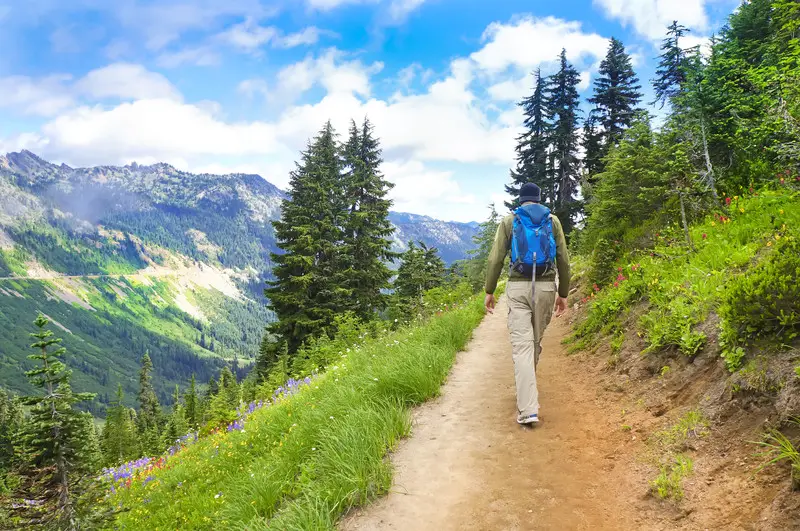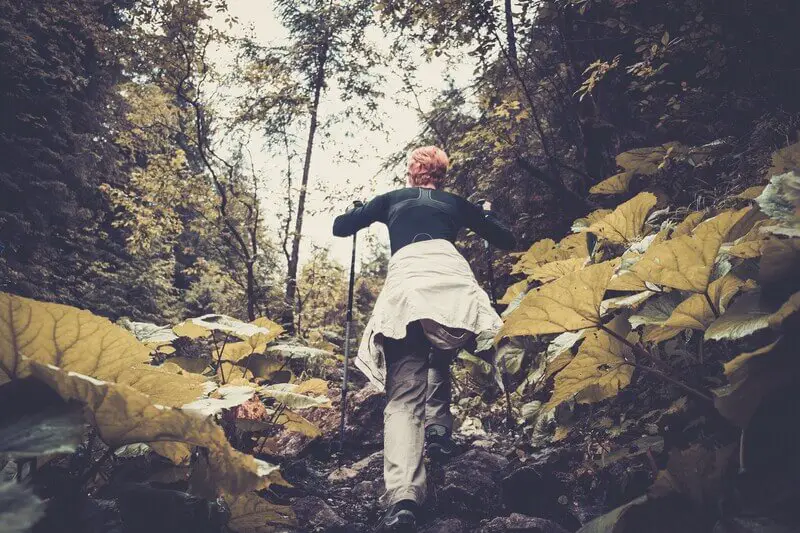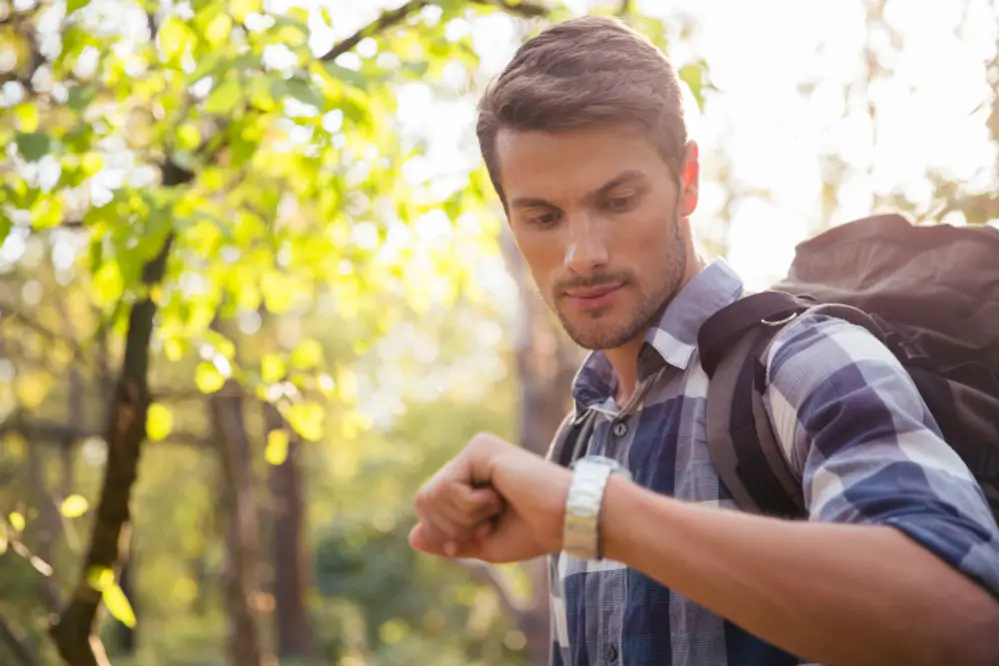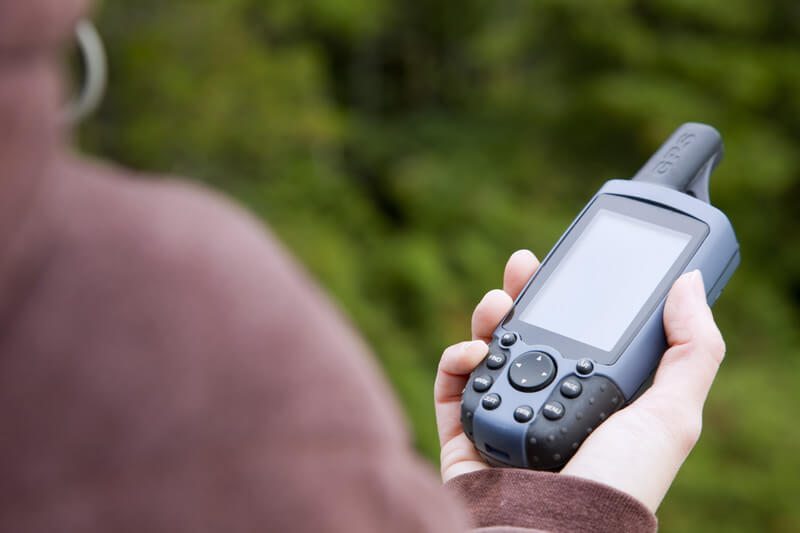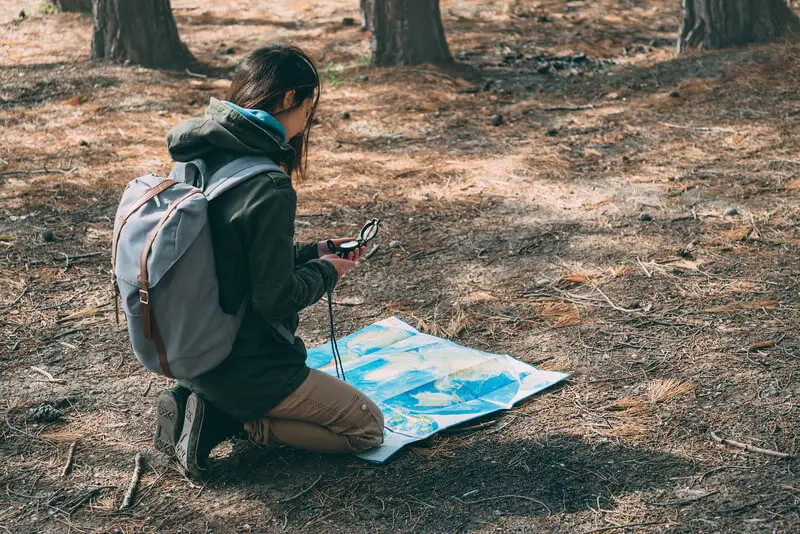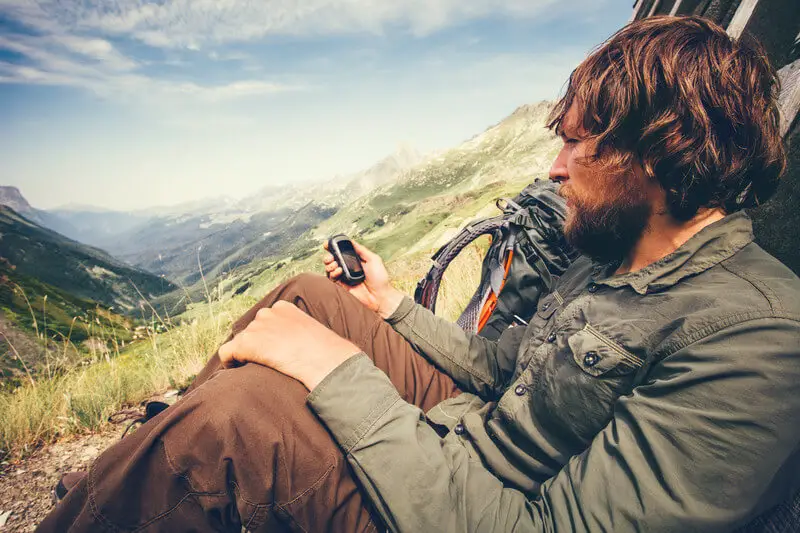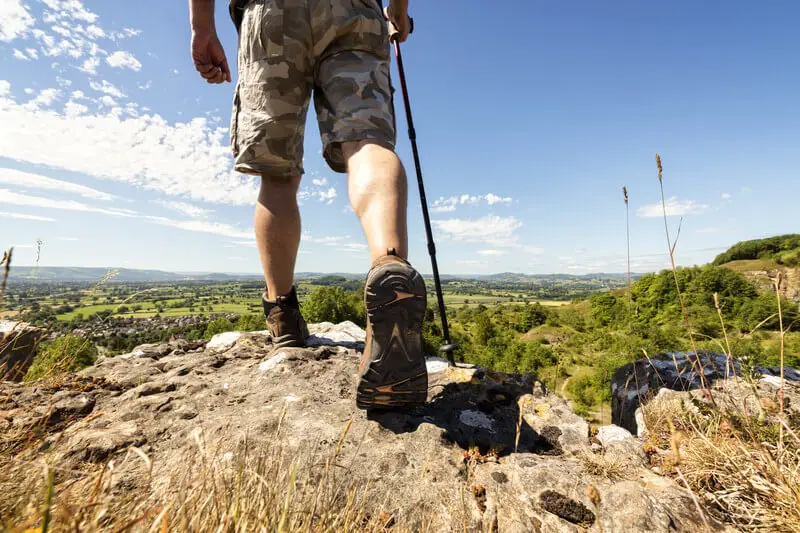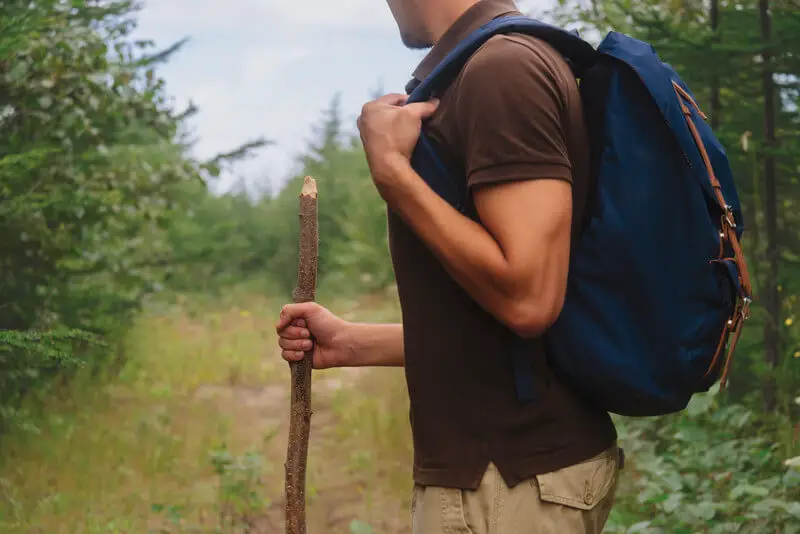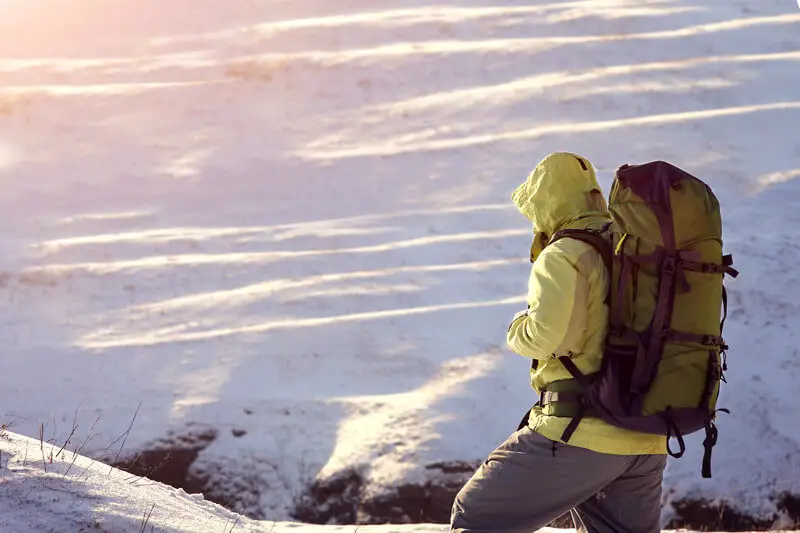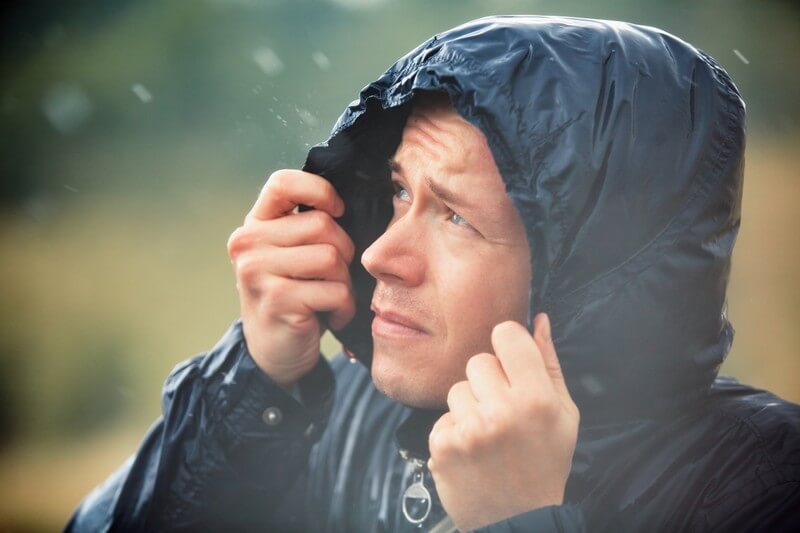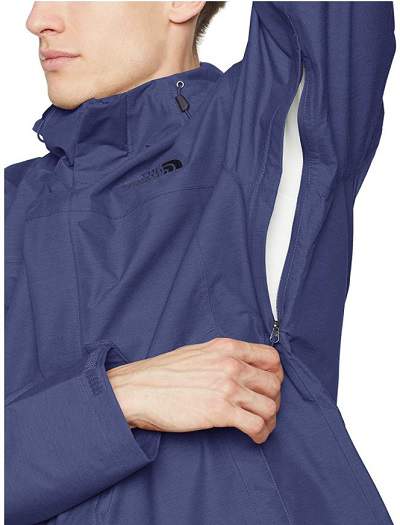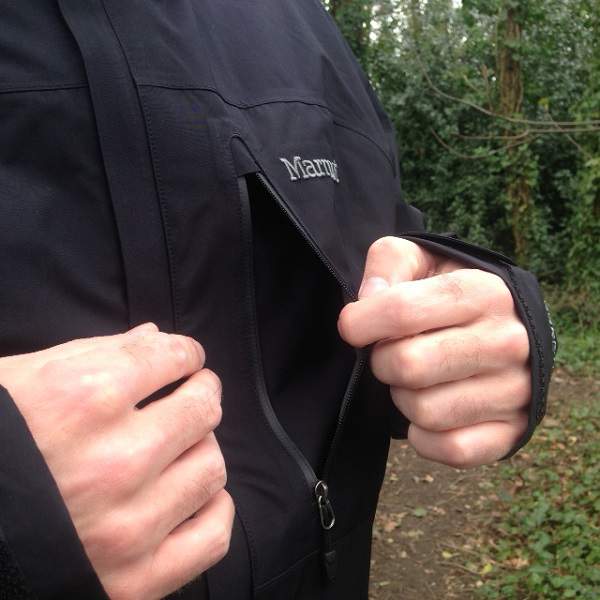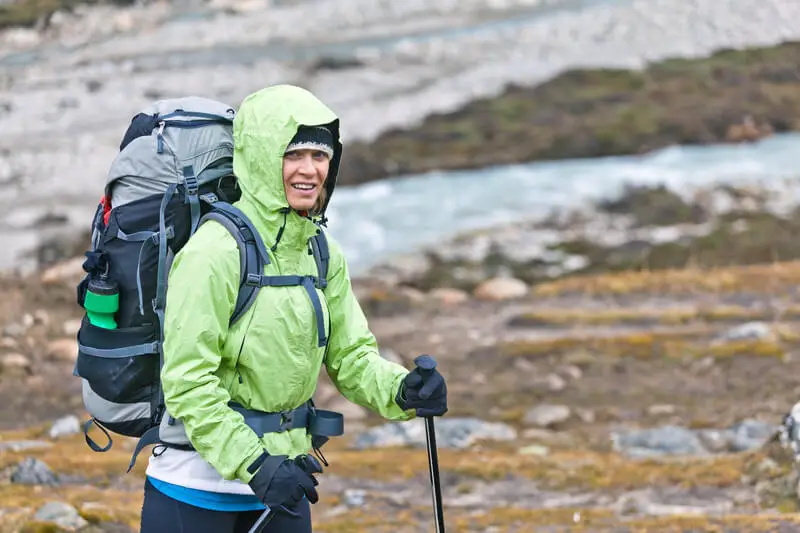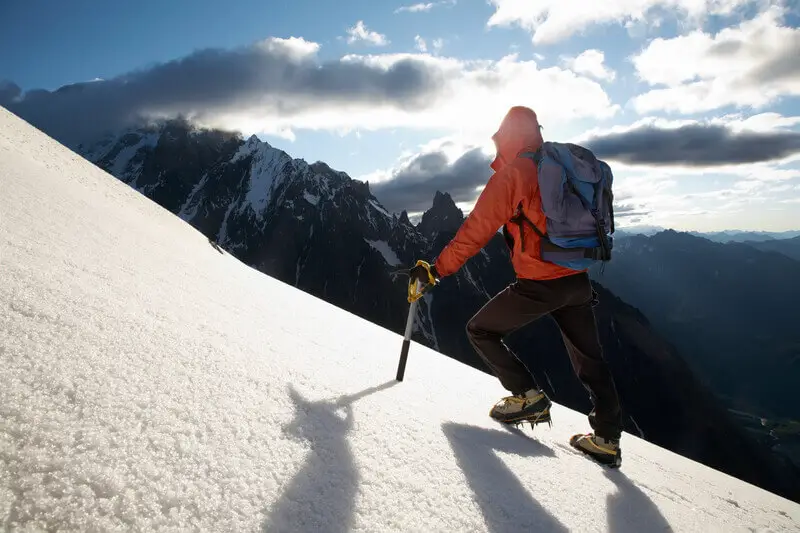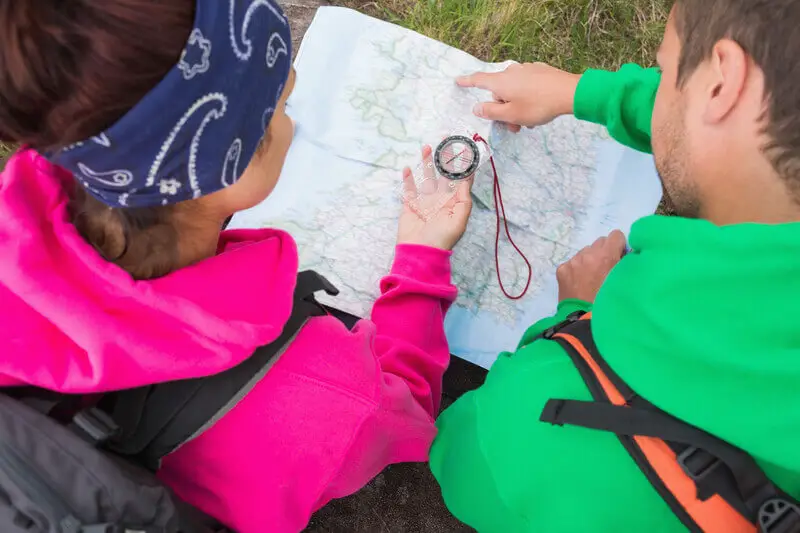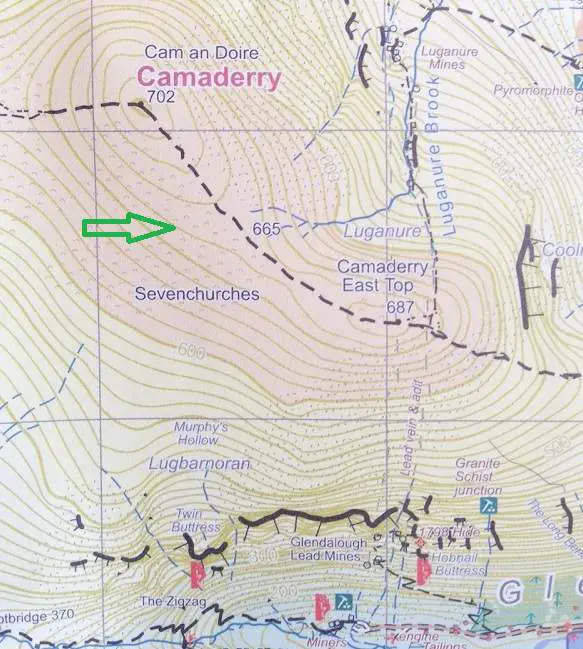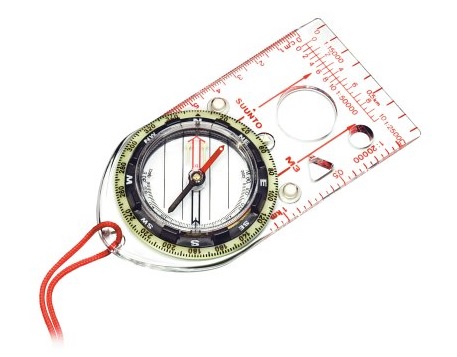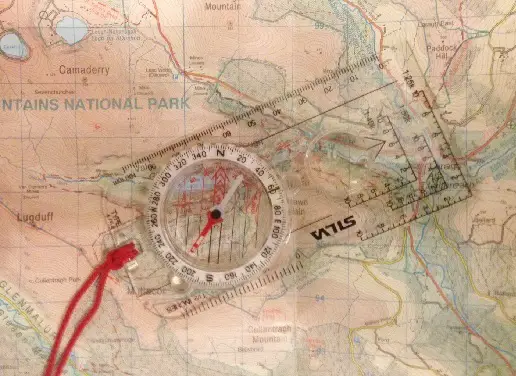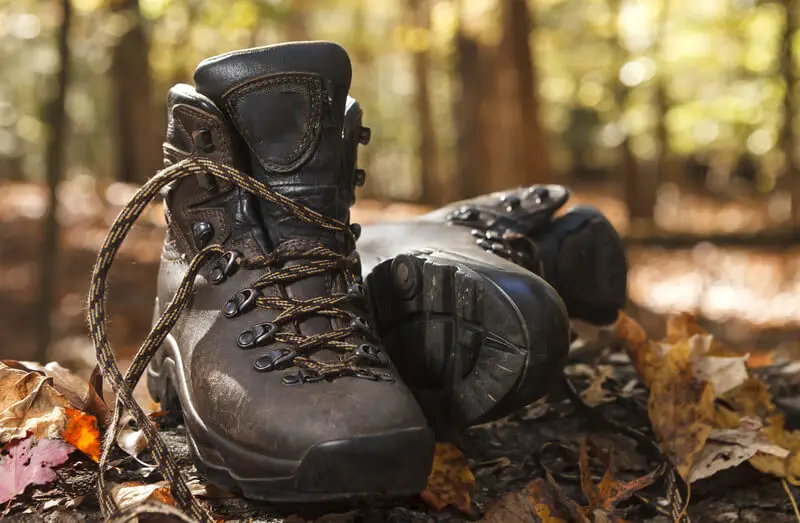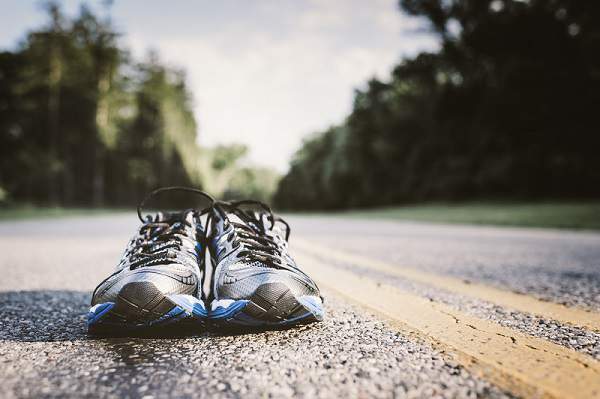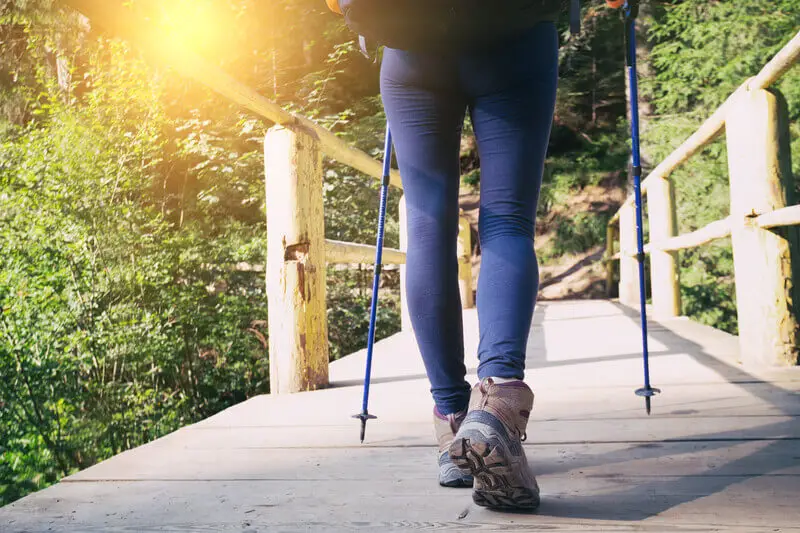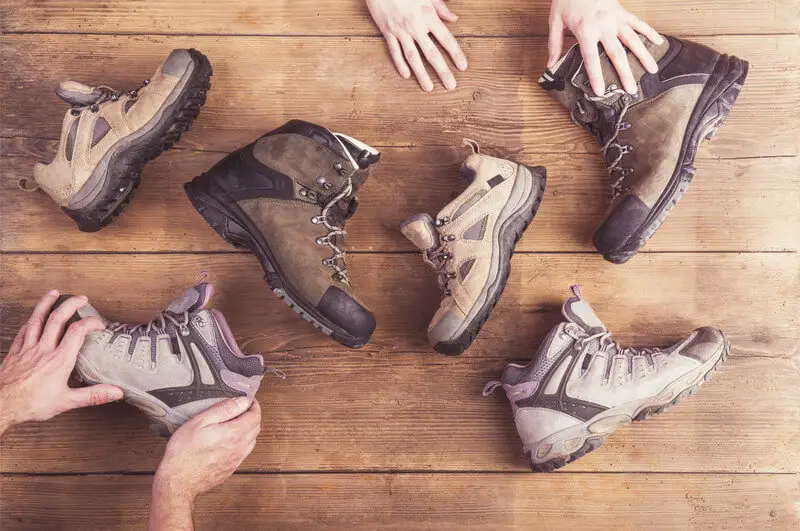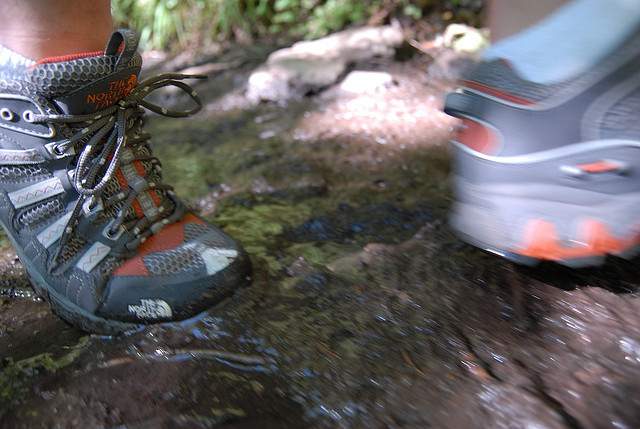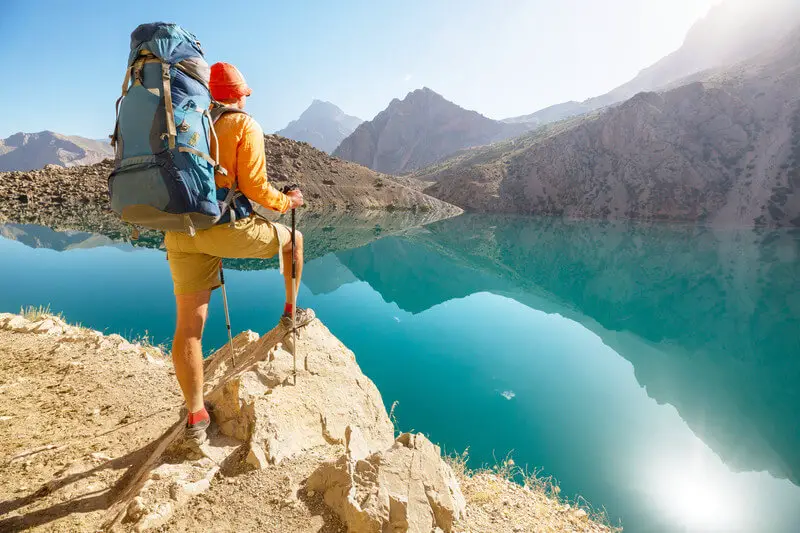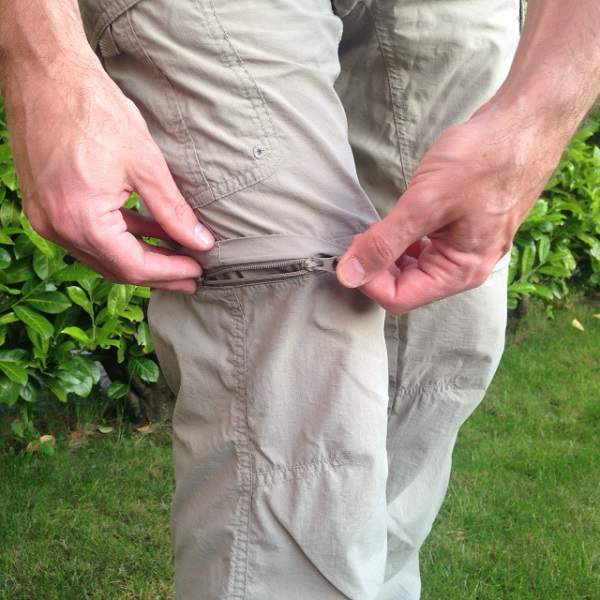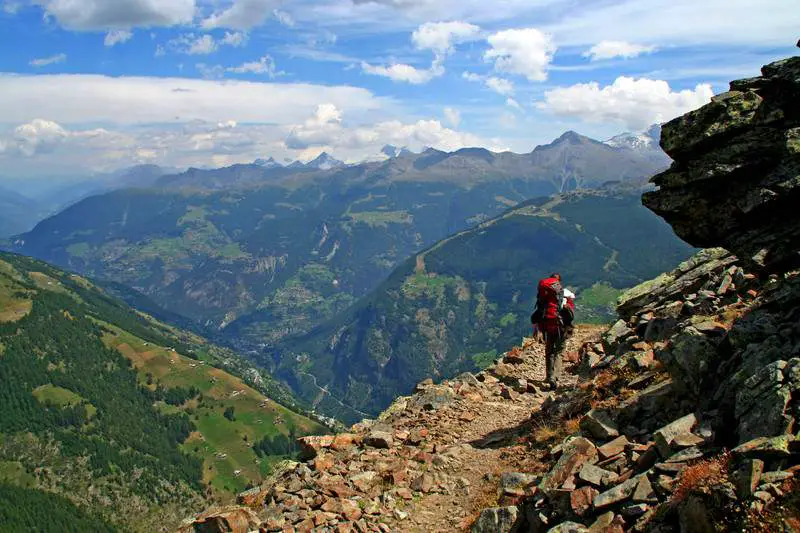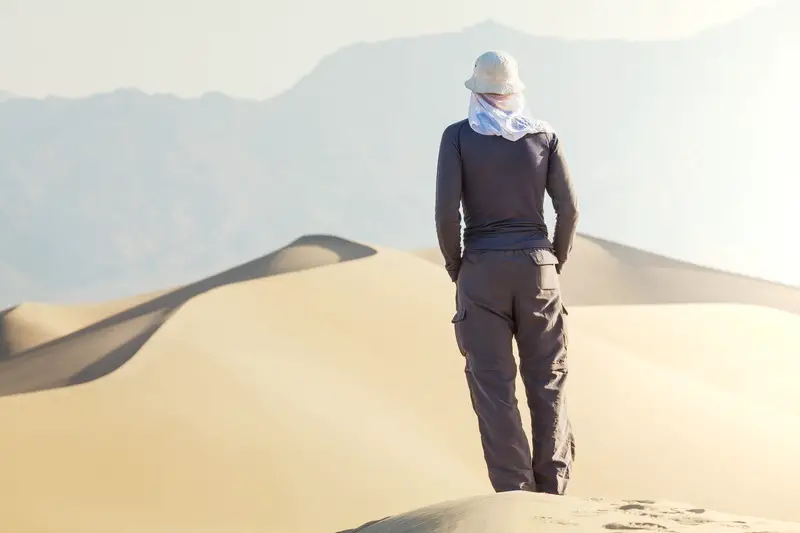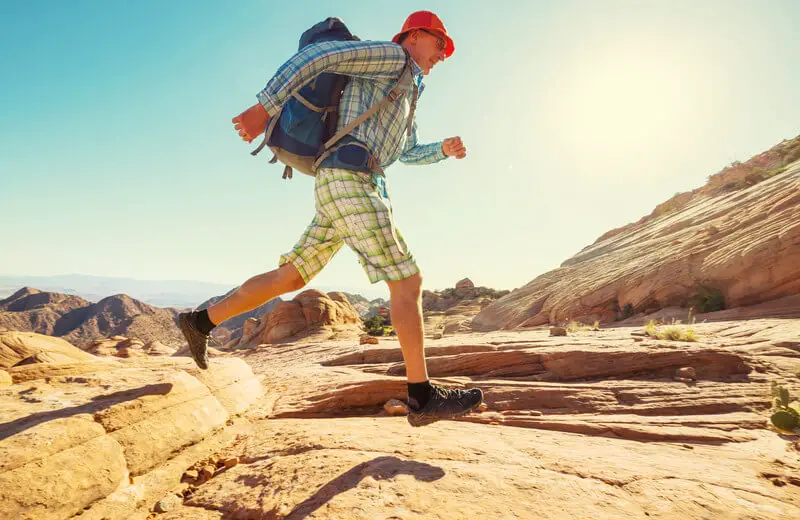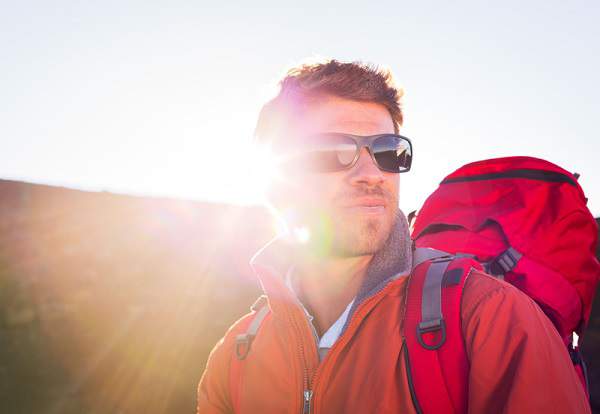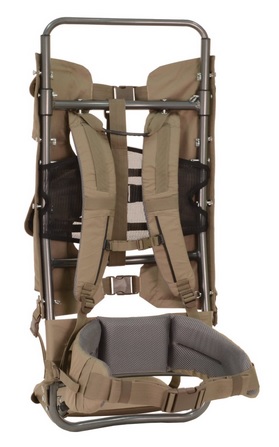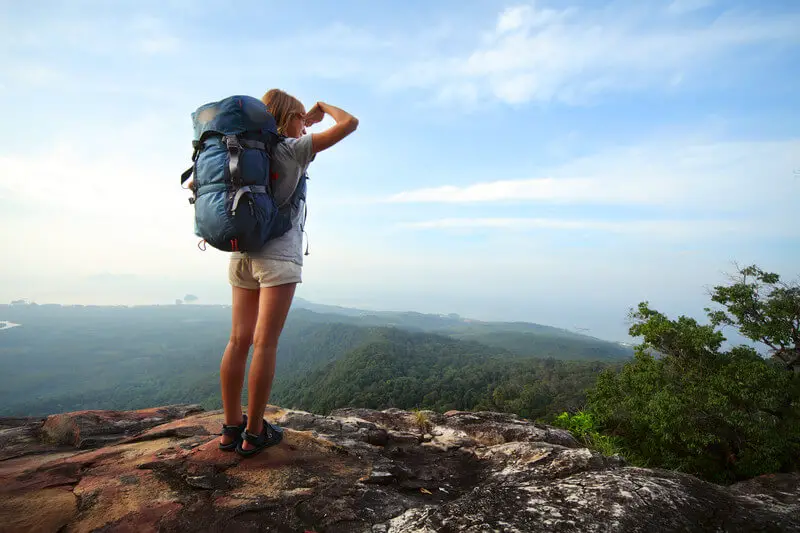If you would like to spend more time discovering the great outdoors and your level of fitness is holding you back, finding out how to get in shape for hiking is the place to start.
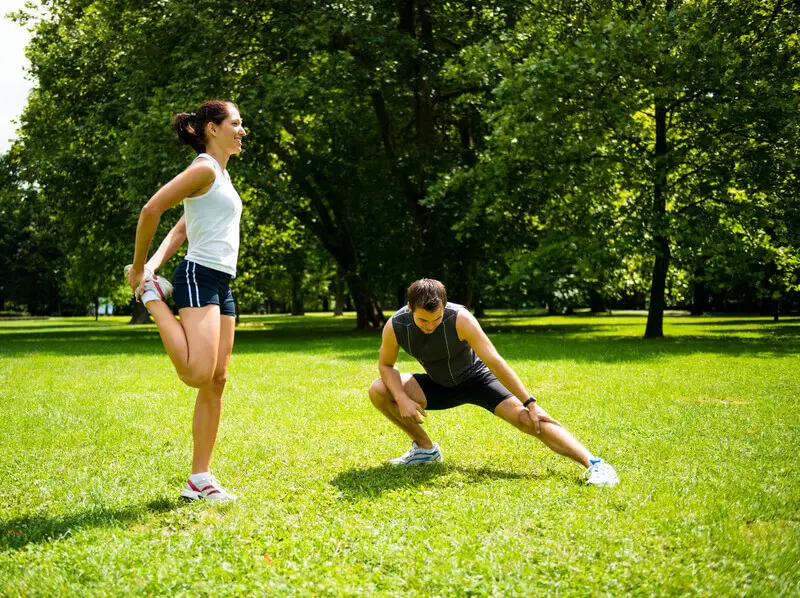
It will provide you with a way to progress to longer hikes, giving you the confidence to join a hiking club or the means to greater self-discovery far from urban environments.
Why you Should get in Shape for Hiking
While hiking is a pleasurable experience that requires little to no skills at a very easy level, if you enjoy being outdoors and walking, then why not improve your fitness level by pushing it a bit further.
Doing so will allow you to take longer hikes over varied terrains and elevations with stunning viewpoints.
You can discover new places, new areas and make new friends. Taking on new challenges and longer hikes will give you a sense of achievement and may inspire you to go even further.
The fitter you are, the more you will be able to enjoy your hikes, whether it’s reaching a lofty summit, visiting a distant landmark or just losing yourself in the middle of nature.
If you’re not panting for breath or worrying about aching the next day, you’ll be free not only to enjoy your surroundings but also to open up your mind and to relax.
Improving your general fitness is also highly recommended for a healthier lifestyle, better general health and a more positive outlook on life.
Combined with the psychological benefits of and getting out in the fresh air and reconnecting with nature that are provided by hiking, it makes sense to put in a little effort to reap so many rewards.
How to Get Started
One of the great things about hiking is that you can improve your hiking simply by hiking. So if you are not particularly interested in starting a new sport, you can improve your hiking skills by just getting out there more regularly.
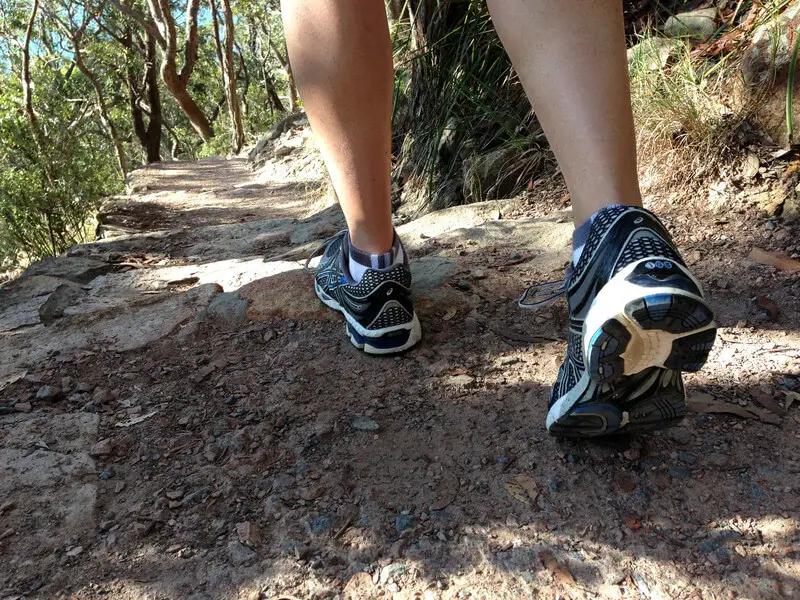
If you are in poor shape and you feel embarrassed or don’t want to be seen working out, then gentle walking is a great way to get started. Just make sure that you change your routine and do it regularly.
If you can only hike at the weekend, incorporate as much walking as possible into your daily schedule. Walk to your local shop, if possible walk to work or take an evening or morning stroll around the block every day.
Of course, this can get a little monotonous and is a far cry from walking through beautiful scenery in the great outdoors, however, regular exercise even at low levels will help you to get in shape and will slowly improve your stamina.
Once you’re feeling good about doing small amounts of walking, build up gradually and keep up the good work.
Next Steps
If you can’t get out hiking that often, you can still find ways to improve your fitness for when you do get out on the trail.
Plan a long but manageable hike for you to look forward to and train by carrying about your daypack on your daily walks. Start with a light weight and build up to a decent base weight.
Once you’re comfortable with your daypack, you should try to find ways to replicate the trail environment. Try to take routes with uphill sections, descents or uneven ground to prepare yourself for your next hike.
Remember not to take things too fast, you want to steadily improve and to be able to enhance your enjoyment when hiking.
The Next Level
You may decide that you’re now ready to improve your fitness above this basic level. To tackle more challenging terrain, elevations and longer hikes there are plenty of activities that you could try either at a sports club or alone or with your family and friends.
Here are some popular ways that you can improve your general fitness for hiking.
Running
Running can be a natural extension of hiking. It will improve your endurance, cardio and strengthen your joints and muscles, ideal for hiking.
Running is natural and something we can nearly all do with no training. With modern technology you can easily track your runs with your smartphone and see your progress grow.
Something which can become addictive. If you enjoy running you may like to progress towards ultralight hiking or fastpacking where you take on long hikes at speed.
Cycling
Like running, cycling will also build up your muscles and improve your cardio. It can be easier to get started as taken at a slower pace it can be less intense on your body than running.
If your commute to work isn’t too far, you could try cycling to and from work. Start with one day a week and build up.
This also has the added bonus of saving you money on your transport or fuel costs. After a few weeks cycling, you will really notice the benefits on your next hike.
Yoga
Yoga is great for improving your balance, coordination, core strength and inner tranquility.

All thoroughly useful for any hiker. While the best way is undoubtedly to join a yoga class, if you want to first focus on some basic positions and stretches then you can find a wealth of information, programs and plans online.
Just be careful starting out. While it may look simple, yoga tends to make use of muscles that you may not even be aware that you have. So take it easy and build up gradually or else you may end up aching all over the next day.
Workout
The gym is an obvious place where you can do a wide range of workouts that will get you fit for the trail. Between strength training and the wide variety of cardio machines, you have everything you need to get going.
Even if gyms are not your thing, with the internet and exercise apps, you can create a tailor made workout program to do in the comfort of your own home with no equipment required. Body weight stuff is really excellent.
Set it up on your smartphone to receive notifications so you won’t miss a training session. Videos can show you how to perform specific stretches, body weight exercises, etc., and for how long. You can personalize your program to focus upon various aspects of your performance.
Join a Hiking Club or Local Park Organization
Joining your local hiking club will put you in contact with like minded individuals with a wealth of hiking knowledge. Going on group outings will improve your skills, confidence and ability.
You could also volunteer at your local park, while you may be helping with trail maintenance rather than enjoying hiking, it’s good to give something back.
It can be a real eye opener as to how our park systems work behind the scenes and the struggles and conservation efforts that are in place. Both options will help you to get into better shape for hiking.
Conclusion
If you would like to hike more often or hike longer on more challenging trails, then don’t let your fitness level hold you back. One of the main advantages of hiking is that almost everyone can enjoy it.
Learn how to get in shape for hiking and imagine how much more enjoyable it will become, and how much more you will be able to benefit from your hiking trips.
Whether you want to hike into the backcountry or complete a particular hike that means a lot to you, hiking can reinvigorate both your mind and body.
Taking simple steps to improve your general fitness will make the world of difference to your life as well as making hiking a more fulfilling and challenging experience.

